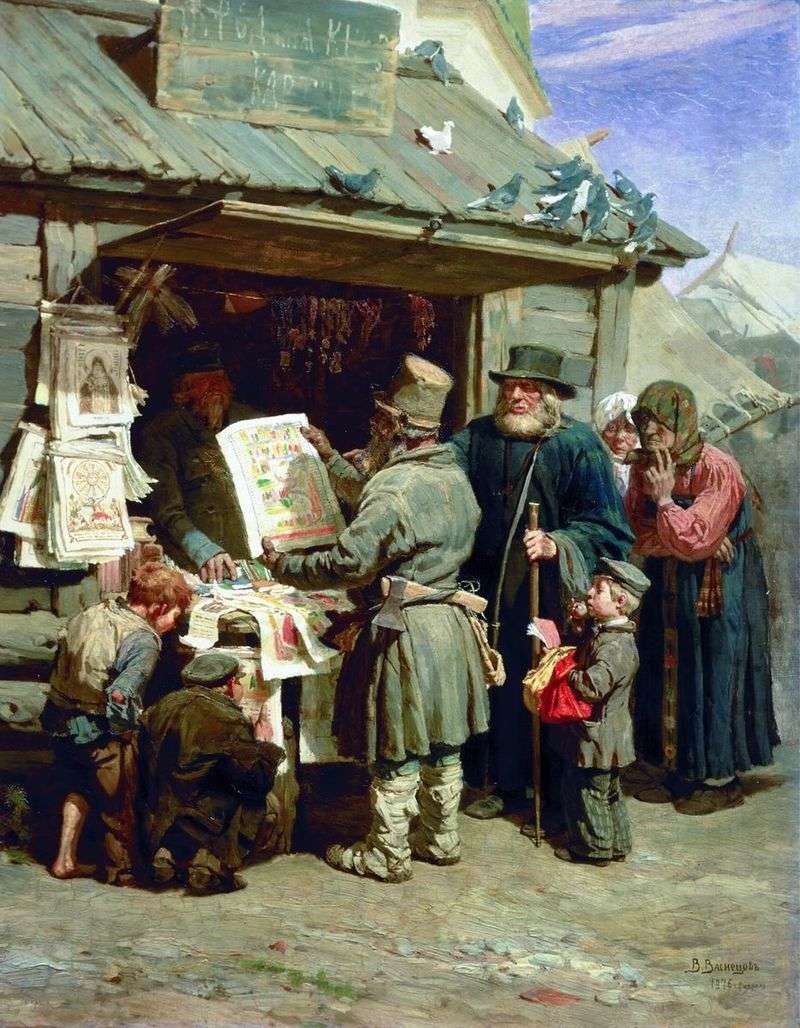
The central theme of the “Bookshop” painting was lubok, the role of folk art in the life of peasants. According to Fyodor Buslaev, a connoisseur of ancient Russian literature and folklore, lubok “meant more to the Russian people than the Sistine Madonna for the Italians.” Sam Vasnetsov quite early started collecting lubok, seeing in it the aesthetic expression of folk concepts of good and beauty.
In the picture, these concepts are combined in the moralizing scene of the priest’s explanation of the morality of the lubok “Last Judgment” to the peasant, fascinated by the vivid picture. In its sincerity, cheerfulness and serenity, this picture, with a bright spring sun illuminating a crowd of peasants, with a flock of pigeons on the roof and children, who are concentrating on looking at the decomposed pictures, is akin to the mood traditionally characteristic of folk art.
The desire to discover the aesthetics of the folk art tradition, to use its poetics, soon completely took possession of the artist, became the essence of his creative individuality. No wonder he told Stasov that he did not have a sharp transition in the late 1870s from the everyday genre to the epic and fairy-tale subjects. “As I became a historian from a genre-historian,” he wrote, “I can not exactly answer. I only know that during the most intense enthusiasm for the genre, at academic times in Petersburg, I was not left with obscure historical and dreamlike dreams…
There were no oppositions of the genre and history in my soul, and therefore there was no breakthrough or any transitional struggle in me. Some of the pictures of the subsequent period, Moscow, were conceived by me in the St. Petersburg period… “.
 Kama by Apollinarius Vasnetsov
Kama by Apollinarius Vasnetsov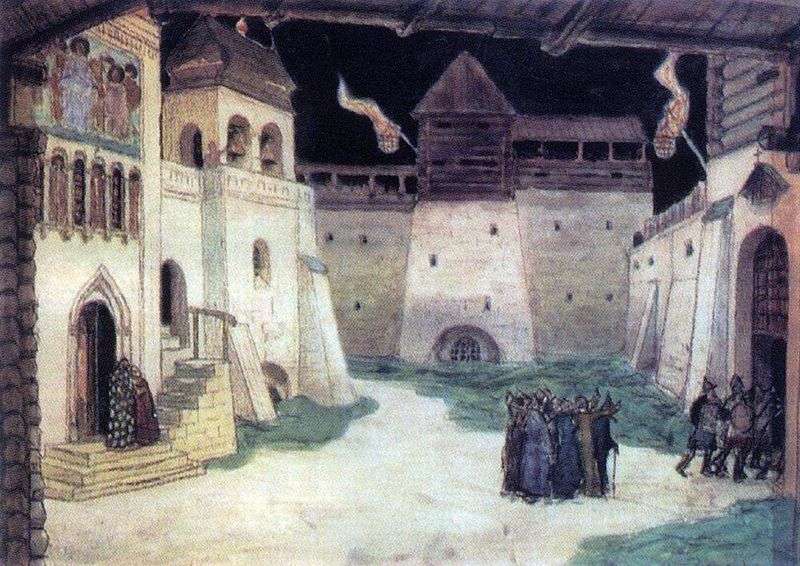 Area in the besieged Kitezh by Apollinarius Vasnetsov
Area in the besieged Kitezh by Apollinarius Vasnetsov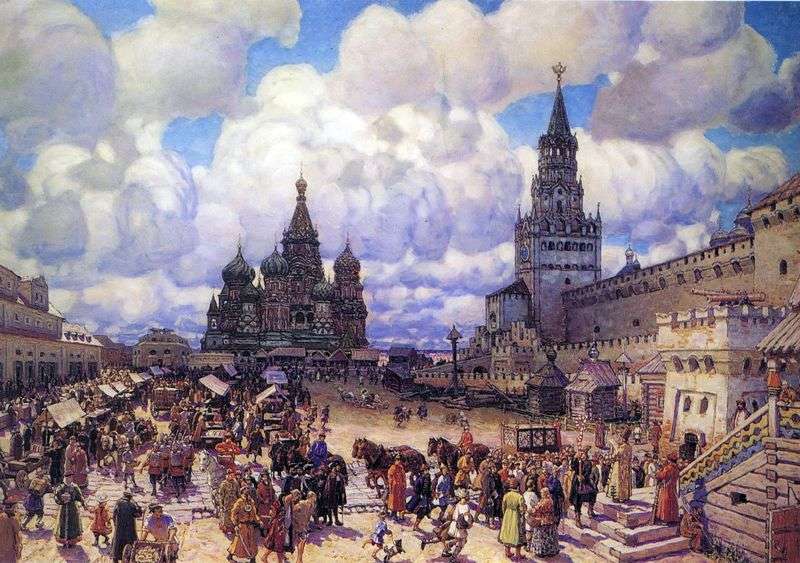 Red Square in the second half of the XVII century by Apollinarius Vasnetsov
Red Square in the second half of the XVII century by Apollinarius Vasnetsov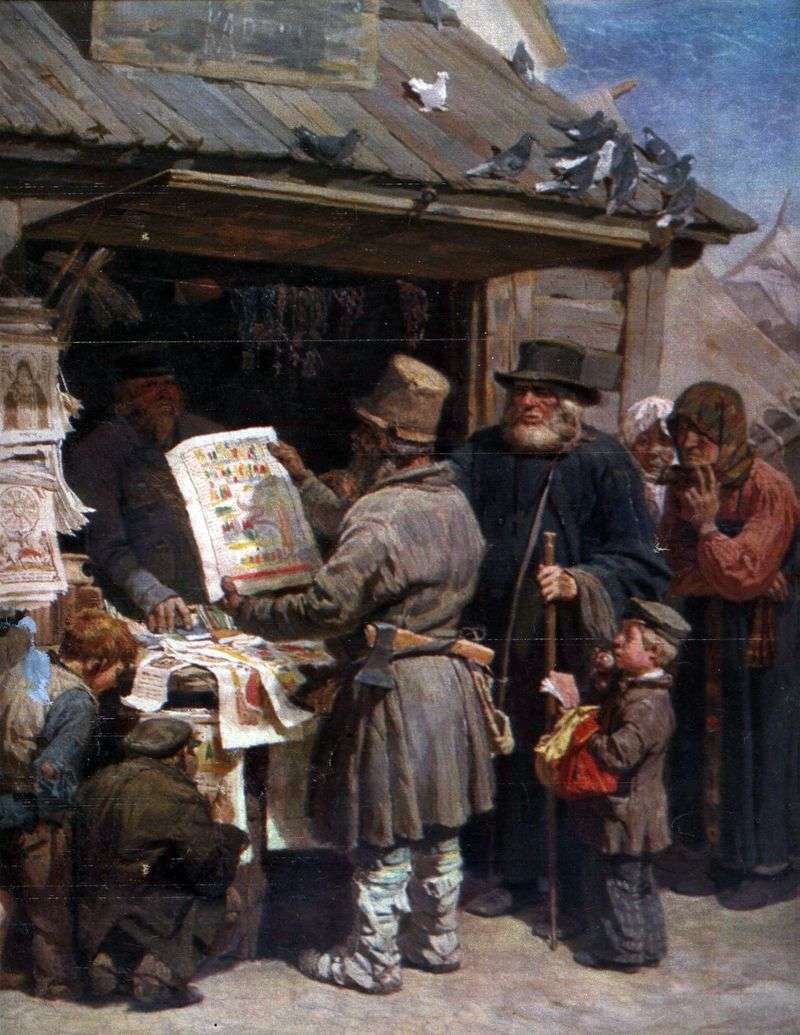 Bookshop by Victor Vasnetsov
Bookshop by Victor Vasnetsov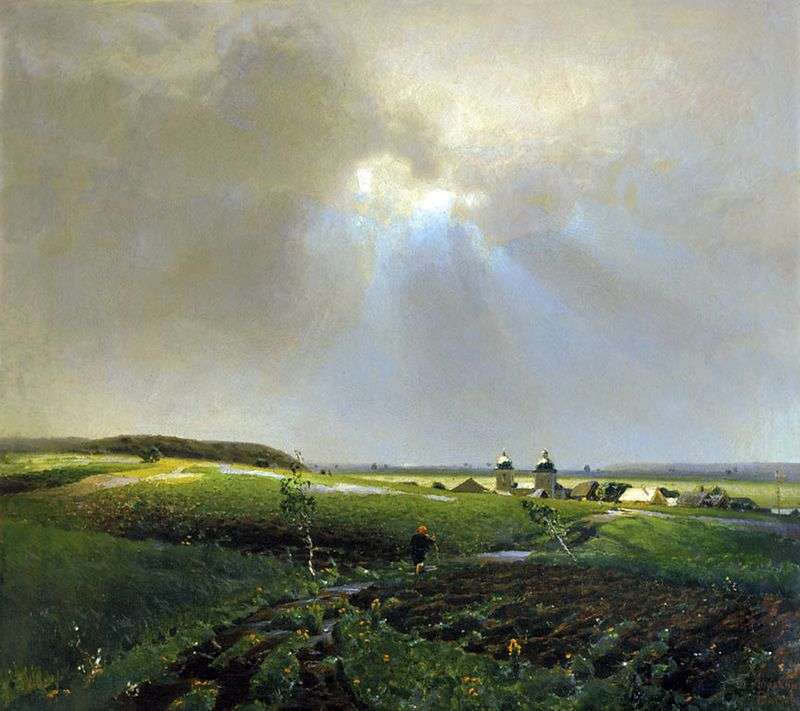 After the rain by Apollinarius Vasnetsov
After the rain by Apollinarius Vasnetsov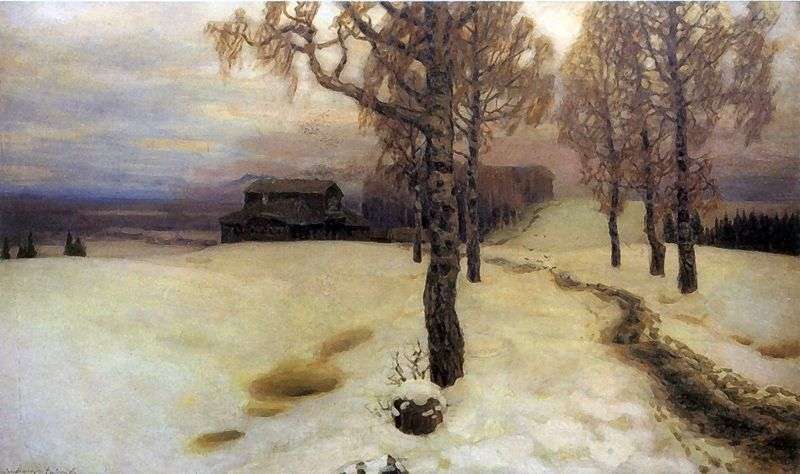 Thaw by Apollinarius Vasnetsov
Thaw by Apollinarius Vasnetsov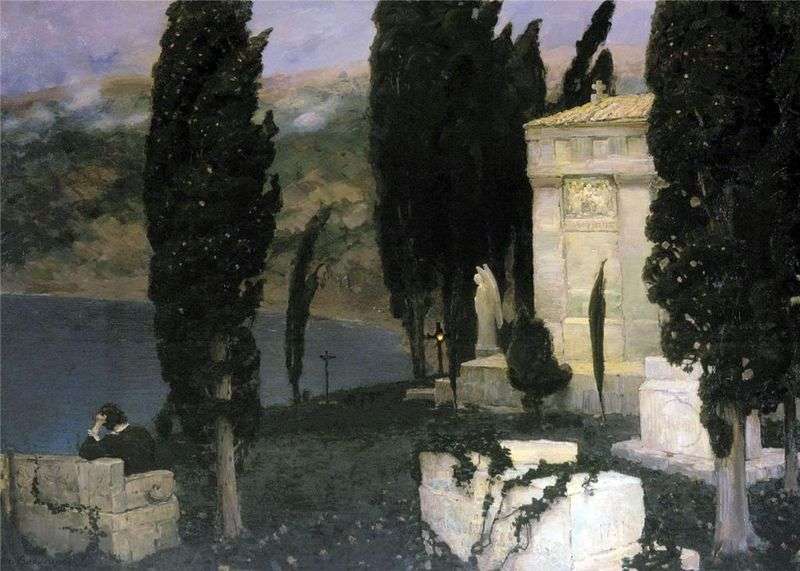 Elegy by Apollinarius Vasnetsov
Elegy by Apollinarius Vasnetsov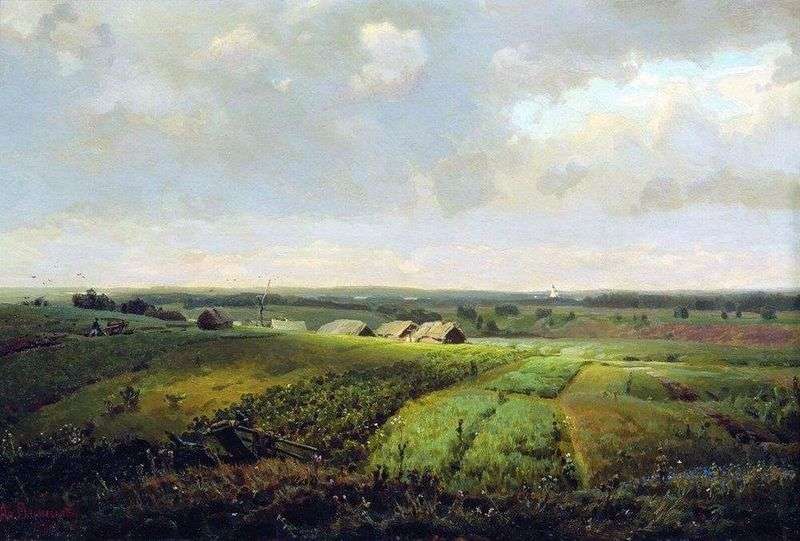 Homeland by Apollinarius Vasnetsov
Homeland by Apollinarius Vasnetsov